SGGP
Dong Nai is the “capital” of livestock farming in the country with millions of pigs and chickens, supplying hundreds of thousands of tons of meat to the market of Ho Chi Minh City and the provinces of the Southeast. However, because animal feed depends heavily on imported raw materials, the livestock farming chains are not tight, the output is unstable, and the prices are low, putting farm owners at risk of going bankrupt.
Farm loss
Dong Nai province has 2.56 million pigs, 23.4 million chickens... raised in concentrated areas in Thong Nhat, Trang Bom, Long Thanh, Vinh Cuu districts. In 2022 alone, the livestock industry's output reached 644,553 tons, with the meat ratio of all types being 491,711 tons.
However, in Cay Gao commune (Trang Bom district), there are currently only 10 private farms with large-scale investment to maintain pig herds. Mr. Tran Quoc Dat, owner of a 1,000-pig farm in Tan Lap 2 hamlet (Cay Gao commune), said that the current price of live pigs is 48,000 VND/kg, while bran costs 360,000 VND/bag.
It turns out that each pig has to be raised for 6-7 months before being sold, so the farm owner loses 600,000-1 million VND/pig. “After more than 10 years of raising pigs, I never thought I would be in such a dire situation, with workers demanding a raise, pig prices falling, and costs increasing. At this rate, the farm will have to hang up its pigsty by the end of April,” Mr. Dat said sadly.
Not only small farms but also large livestock enterprises are facing difficulties. Binh Minh Company Limited (Dau Giay Industrial Park, Thong Nhat District) is one of the largest chicken farms in Dong Nai Province, but now this enterprise only raises more than 200,000 chickens. Currently, the cost of industrial chicken has dropped sharply, fluctuating between 20,000-30,000 VND/kg, sometimes lower, causing each batch of chickens sold, the enterprise loses at least 30%.
 |
A pig farmer in Cay Gao commune, Trang Bom district (Dong Nai) is worried about losses due to high animal feed prices. |
According to the Department of Agriculture and Rural Development of Dong Nai province, fluctuations in the price of animal feed ingredients in the world , high transportation costs, and prices of materials and equipment for production are affecting the livestock industry. Currently, the linkage chain between household livestock farms and purchasing and processing units is still weak, and products are difficult to compete with closed chains of enterprises (including foreign-invested enterprises - FDI).
Join hands to overcome difficulties
According to SGGP reporters, most businesses, farm owners or farming households have borrowed capital from commercial banks and are subject to the market rules of “profit and loss, holding the land use right certificate”. Currently, Dong Nai is relocating and ceasing operations of more than 3,000 pig farms (accounting for more than 50% of the province’s livestock output), making many farm owners “restless”.
Mr. Le Van Quyet (Long Thanh Phat Cooperative, Long Thanh District) worried: "The province has a policy of relocating polluting pig farms, but households do not know which farms must be relocated, which farms are qualified to continue raising pigs to avoid disrupting the production chain, especially for large farms that need to be introduced to land for rent when relocating, and supported with loans to build new barns."
Recently, the Dong Nai Province Animal Husbandry Association sent a document to the Prime Minister, the Ministry of Finance , and the Ministry of Agriculture and Rural Development proposing to reduce the import tax on soybean meal (the main raw material for animal feed) from 2% to 0% to support the animal feed production and livestock industry.
Mr. Nguyen Tri Cong, Chairman of the Dong Nai Province Livestock Association, also wrote a letter to the Governor of the State Bank of Vietnam, expressing his wish for livestock breeders to have their principal debt extended, interest rates reduced, and for commercial banks to open special loan packages for farm investment.
“Without capital support, livestock farms are at risk of bankruptcy. The authorities should consider a loan package with a 2% interest rate support from the budget according to Decree 31/2022 of the Government and Circular 03/2022 of the State Bank to help overcome difficulties in capital investment in building barns and buying breeding animals to revive the livestock industry,” Mr. Nguyen Tri Cong suggested.
At the recent dialogue between farmers and leaders of Dong Nai province, Vice Chairman of the Provincial People's Committee Vo Van Phi also requested the State Bank of Vietnam, Dong Nai branch, to direct the system of commercial banks, social policy banks, and local credit funds to have monetary and credit solutions to support capital for livestock development.
At the same time, the Department of Agriculture and Rural Development is assigned to preside over and coordinate with local departments and branches to research, develop and implement production and product consumption linkages, support the development of high-tech agriculture and organic agriculture, and propose solutions for businesses and cooperatives (including livestock businesses).
Source



![[Photo] General Secretary To Lam receives Chief of the Central Office of the Lao People's Revolutionary Party](https://vphoto.vietnam.vn/thumb/1200x675/vietnam/resource/IMAGE/2025/5/30/140435f4b39d4599a3d17975dfb444c5)
![[Photo] Journalists moved to tears at the Memorial Service for the soldiers who died in Gac Ma](https://vphoto.vietnam.vn/thumb/1200x675/vietnam/resource/IMAGE/2025/5/30/9454613a55c54c16bf8c0efa51883456)
![[Photo] A delegation of 100 journalists from the Vietnam Journalists Association visits the soldiers and people of Truong Sa island district.](https://vphoto.vietnam.vn/thumb/1200x675/vietnam/resource/IMAGE/2025/5/30/0984a986227d4e988177f560d2e1563e)
![[Photo] National Conference "100 years of Vietnamese Revolutionary Press accompanying the glorious cause of the Party and the nation"](https://vphoto.vietnam.vn/thumb/1200x675/vietnam/resource/IMAGE/2025/5/30/1cf6cd5c8a934ebfa347028dcb08358c)



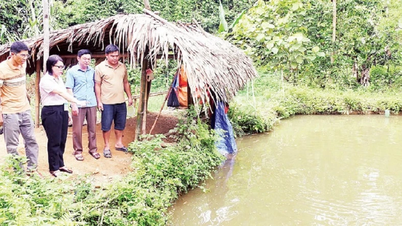
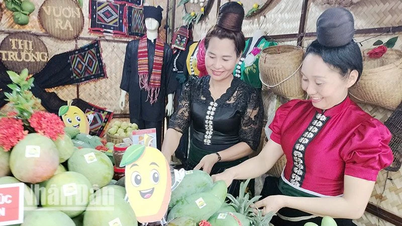
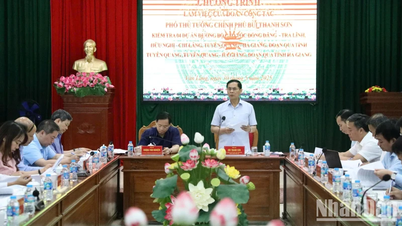


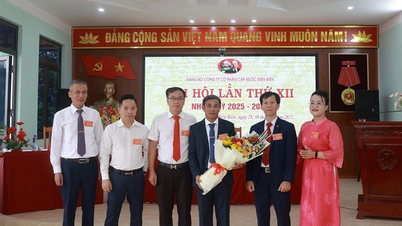






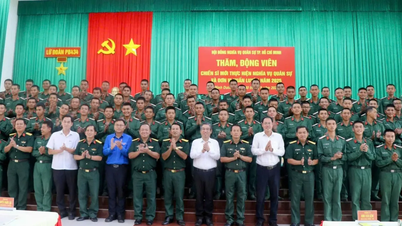

























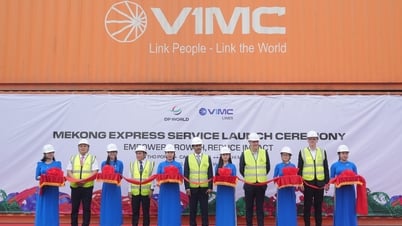
























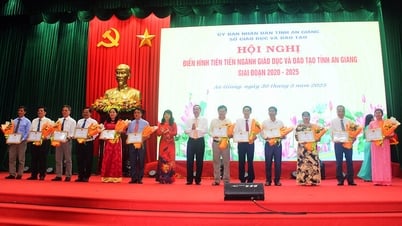
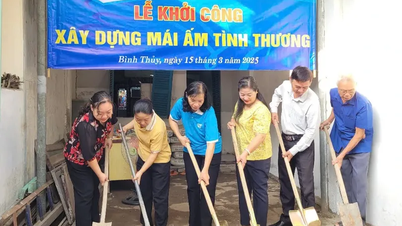

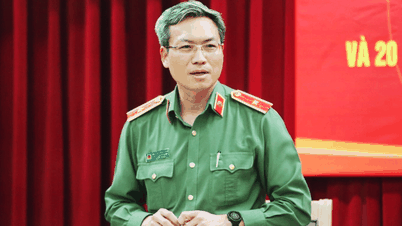














Comment (0)